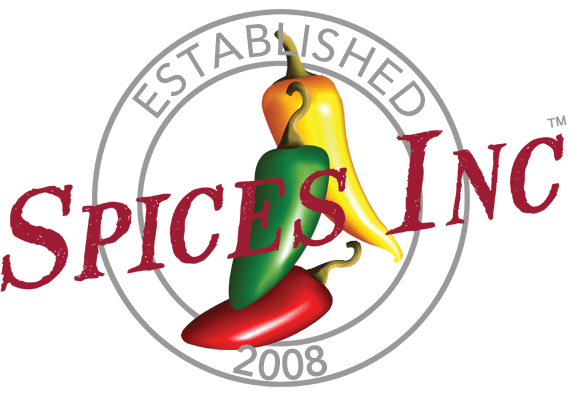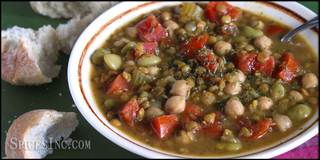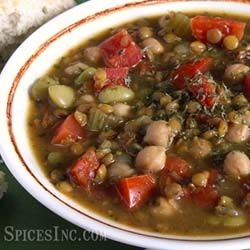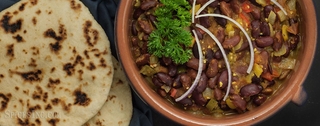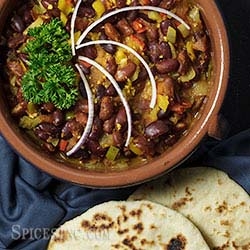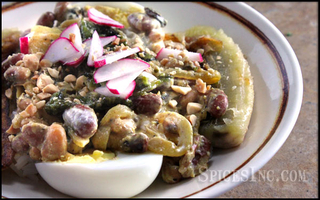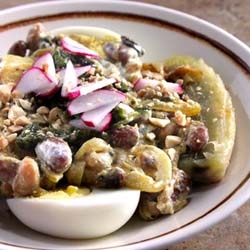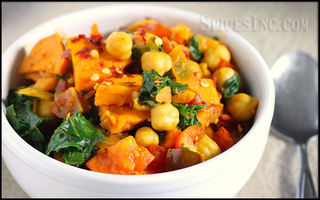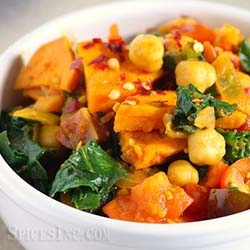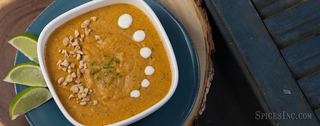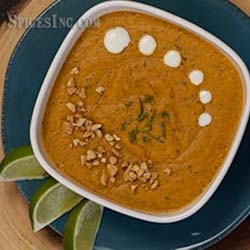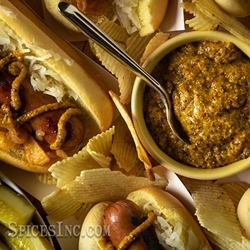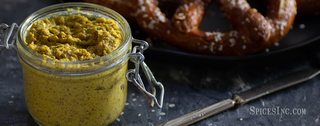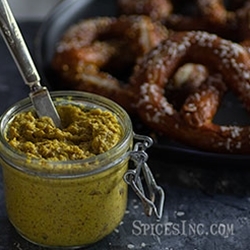Turmeric Powder
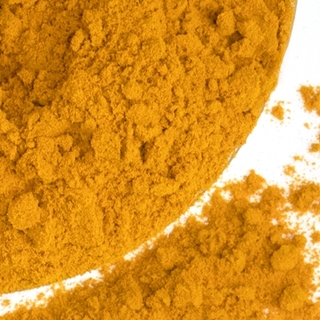
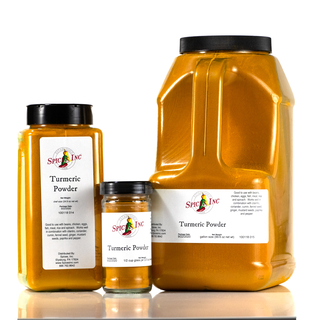


Turmeric Powder
Turmeric (TUR-mer-ick) Powder, Curcuma longa, is also called bulk turmeric powder, wholesale turmeric powder, or bulk turmeric.
Turmeric is the bright yellow spice that gives mustards and Indian curries their golden hue. It has been used in India for thousands of years as both a spice and medicinal herb. Native to tropical South Asia, turmeric is a rhizome, a root that both grows horizontally underground and sends out leafy shoots above ground. It is a member of the ginger (Zingiberaceae) family. Curcumin is the main active ingredient in turmeric and is said to have strong anti-inflammatory properties.
Turmeric Powder has an essential oil of 1.0% - 6.9% and a minimum of 3% curcumin. It is popular with spice distributors, Indian restaurants, and small batch condiment manufacturers.
Flavor Profile
Mildly sour and bitter, slightly pungent, warm and musky.
How To Use
Turmeric is a central ingredient in masalas, curry powders, and pastes. Use it to deepen the flavor of Vegetable Jalfrezi. It goes well with beans or lentils so stir it into fragrant Moroccan Soup or warm and comfortable, kidney bean-laden Rajma. Turmeric’s affinity for citrusy flavors makes it a great addition to warm and lemony Caribbean Curry. It lends warmth and character to Sweet Potato-Peanut Soup. And of course, it’s right at home in your favorite homemade German-Style Mustard. Add turmeric to marinades for chicken or fish, or mix with yogurt, ginger, and some lime juice for a savory dipping sauce for spicy foods. Use turmeric with beans, eggs, meat, rice and spinach.
Turmeric works well in combination with other herbs and spices like bay leaves, cilantro, clove, coconut, coriander, cumin, curry leaves, dill, fennel seed, galangal, ginger, lemongrass, mustard seeds, nutmeg, paprika and pepper.
| Also Called | Bulk turmeric powder, wholesale turmeric powder, or bulk turmeric |
| Species | Curcuma longa |
| Ingredients | Turmeric Powder |
| Flavor Profile | Mildly sour and bitter, slightly pungent, warm and musky |
| Oil content | 1.0% - 6.9% essential oil, a minimum of 3% curcumin |
| Recommended Uses | Curries, desserts, lentils, marinades, noodles, pickles, rice, soups, stews, or vegetable dishes |
| Cuisine | Africa, Indian, Latin American, Mexican and Vietnamese |
| How To Store | Airtight container in a cool, dark place |
| Shelf Life | 6-12 months |
| Country of Origin | India |
Nutrition Facts
Serving Size1 tsp
Amount Per Serving
Calories9
% Daily Value*
Total Fat0g0%
Saturated Fat0g0%
Trans Fat0g
Polyunsaturated Fat0g
Monounsaturated Fat0g
Cholesterol0mg0%
Sodium0.8mg0%
Total Carbohydrate2.0g1%
Dietary Fiber0.7g3%
Total Sugars0.1g
Added Sugars0g0%
Sugar Alcohol0.0g
Protein0.3g0%
Vitamin D0mcg0%
Calcium5mg0%
Iron2mg9%
Potassium61mg1%
*The % Daily Value (DV) tells you how much a nutrient in a serving of food contributes to a daily diet. 2,000 calories a day is used for general nutrition advice. These values were calculated and therefore are approximate. For more accuracy, testing is advised.
